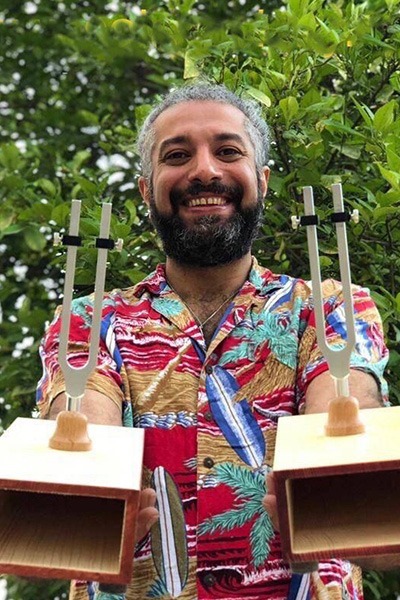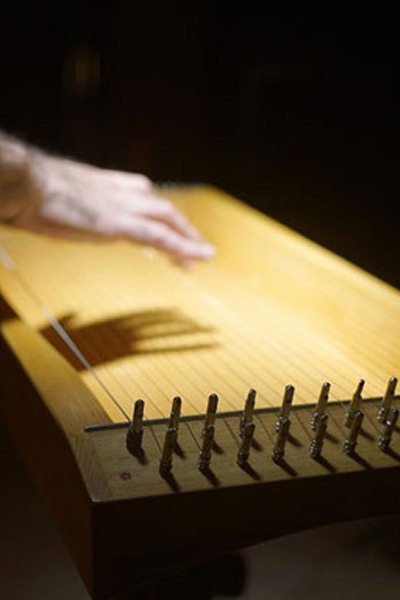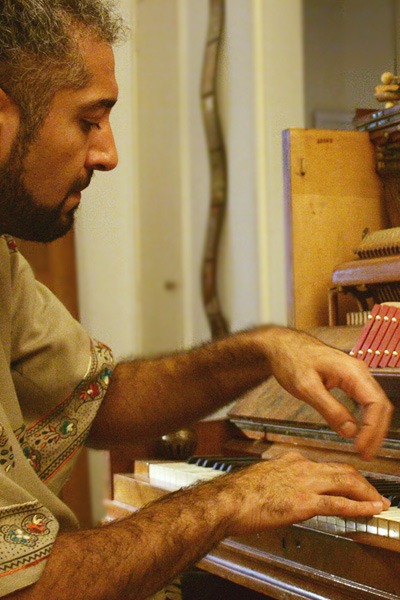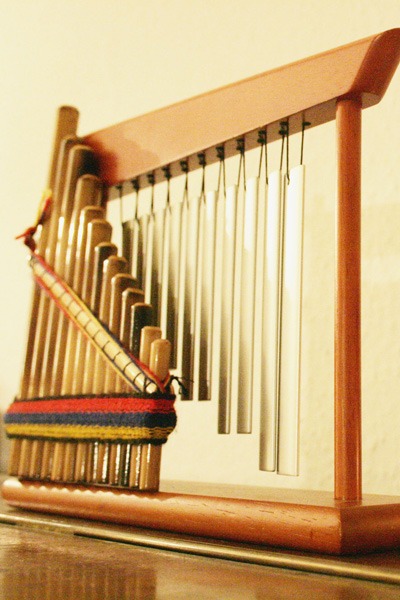History of music therapy
The beginnings of music therapy as a professional profession clearly date back to the Second World War. At that time, professional and amateur musicians were present in hospitals, playing music to heal physical pain and psychological trauma in returning soldiers. The positive response from these individuals led to doctors and nurses suggesting the hiring of musicians in hospitals. It was at this time that the new profession of “hospital musician” emerged. Those in charge recognized that training musicians to work in hospitals and therapeutic facilities was essential as an integral part of the therapy staff. This marked the beginning of training in music therapy combined with therapy; a field that encompasses both the treatment and care of a patient with the aims of prevention, disease containment, pain relief or wound healing.
The science of music therapy
Music therapy is an exclusively university and academic field, recognized in prestigious scientific forums worldwide as a science in its own right and taught for service in the health and therapy system. Music therapy functions as an innovative multidisciplinary science where medical, psychological, neurological, musicological, sound science and ethnological disciplines meet. There are various quantitative and qualitative research methods for evaluating and measuring the effects and outcomes of music therapy interventions. In music therapy, variables and movements are measurable. For example, standardized questionnaires are used to identify the source and investigate the level of pain with a harm-oriented approach, which allows the analysis of the effects and outcomes of music therapy sessions. In this way, professional music therapy has achieved the highest and most respected standards for validation of medical education and research, known as the Cochrane Review.
Definition of music therapy
This means the skillful use of music and its elements by a music therapist who relies on validation/empathy to promote stability in health, psychological and emotional insight, spirituality and understanding of social relationships, while building credibility and empowerment. Music therapy is offered in group and individual programs as well as in active and receptive forms.
In music therapy, those seeking therapy present themselves with their voice, using instruments or various objects around/with a musical language that reflects emotional and physical states.
Effects of music therapy
The established methods of music therapy are used scientifically for mental illnesses such as depression, anxiety, neurological disorders, stress, obsessive-compulsive disorders and insomnia leading to restlessness. Music therapy extends from the prenatal stage to the end of human life. When people today are confronted with disorders at any age, they often do not know which treatment centers to visit. The first option is to visit a doctor who obviously cannot deal with all the human complexities present. Pills and ointments are not cures for the tangled afflictions of the soul. The lack of established modern therapies such as music therapy stems from the bias in the field of cognitive therapy, which is restricted and limited under the absolute control of politicians, positivists and profit-driven insurers.
It should be noted that a paradigmatic shift has taken place in the field of contemporary global therapy. So much so that renowned treatment centers are hiring music therapists for therapeutic interventions in the intensive care unit. A culture of health in society requires a fundamental shift and updating of the therapeutic approach. But what kind of music and what quality of questions from the field of music therapy can provide answers in this respect? Choosing the type of music in the therapy plan is a delicate matter. The musical taste of the person seeking therapy is crucial. Certainly the music therapy should have a positive effect on him and be sustainable.
Approach to music therapy
It is true that psychological healing can take place through a connection with music, but not everything that has to do with music is necessarily synonymous with music therapy. For example, let’s say a professional musician plays an instrument and figuratively gives us a sense of calm – it would be appropriate to thank them. But the calmness achieved in this way does not necessarily mean that we have been exposed to a “therapy plan”, and we should not necessarily consider the musician to be a music therapist. No, this assumption is not correct.
A fundamental rule in therapy is that each therapeutic method has its own symptoms and contraindications; otherwise, unintended side effects will occur.
Who is a music therapist?
A music therapist is a specialist who, after completing scientific and practical training, uses musical elements as part of cognitive therapy. The music therapist is a member of the therapeutic team who works with the aim of treating or recovering the patient. They work in collaboration and interaction with other members of the therapeutic team. This is done to ensure safety in relation to the therapy plan and the progress of the therapy process, as music therapy is a form of therapeutic intervention.
Music therapy and cultural heritage
As a music therapy graduate, I think that recognizing and spreading music therapy worldwide, including in Iran, is crucial, taking pride in our cultural heritage.
From Govāti and Zār to Parikhani to Chowsar and Leywā and the Mashāyekh, reference is made to rites and ceremonies that have existed from ancient times to the present day in different parts of the world and are still present in people’s lives.
I would like to clarify one point. The term music therapy refers to an independent and distinct scientific framework that has been introduced and established in academic circles since the 1950s. Music therapy explicitly addresses clinical, evidence-based methods, models and techniques that have the possibility of experimental verification, as in other scientific disciplines. It is important to note the difference between music therapy as a modern academic discipline and phenomena such as national rites. Both have their own functions. Nowadays, music therapy encompasses various fields. For example, the combination of music therapy with “ethnomusicology” in recent years has produced an interdisciplinary approach that is classified as “ethno-music therapy”.
Scientific methodology includes dos and don’ts. It is unacceptable to associate concepts such as music therapy with folk rites and ceremonies without a clear definition and based on personal, uncontrolled observations and without scientific evidence. Until we come into contact with new empirical sciences such as therapeutic science and medicine, we basically have no idea of how music can be used as a healing tool.
Zār and similar examples are rites, not scientific therapeutic methods. Therefore, it is not allowed to use the term music therapy for such examples. Why? Because there is no clear, defined, verifiable scientific methodology. Rites have no teaching method and cannot be learned by a non-resident. Rites are dependent on attitudes, beliefs and people. To perform such ceremonies, a person must be in the community, have experience in that area and have internalized the culture and customs of those people. In other words, it depends on geographical destiny and luck.
Contact
Note: Please fill out the fields marked with an *





